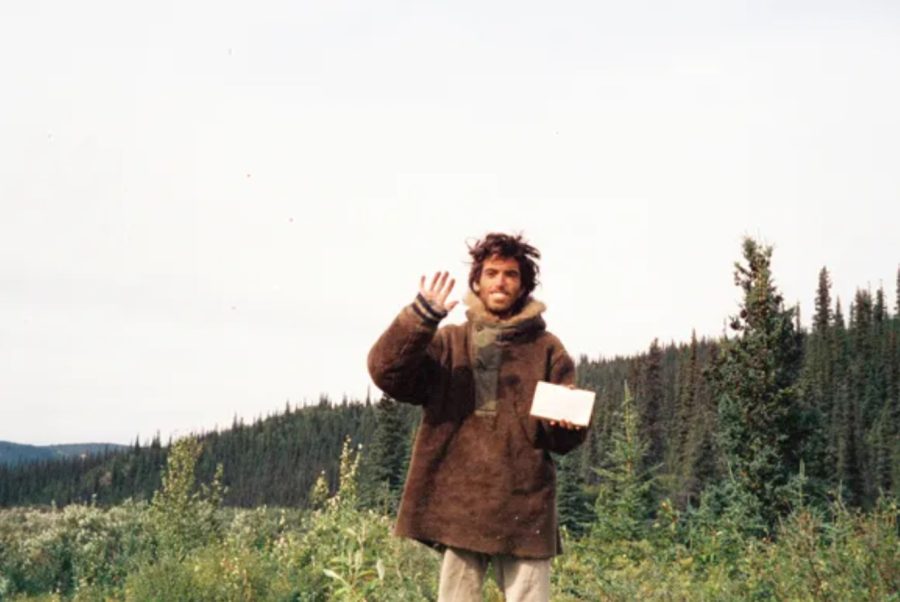
For a long time, bald eagles were a rare sight on Long Island. But recently, more and more of these majestic birds have been showing up here, mirroring an increased eagle populations all over the country.
Bald Eagles used to be common all over the country, but by the 1950s there were only 412 nesting pairs left in the lower 48 states. This was due to the pesticide DDT, which caused eagle’s eggs to become extremely brittle and make them break easily, making it almost impossible for eagles to reproduce. DDT was banned in 1972, which has led to a massive recovery of the bald eagle population. Now there are well over 10,000 nesting pairs of bald eagles in America’s lower 48!
In 1972, there was only one nesting pair of bald eagles left in NY state. In 1975, the New York State Department of Environmental Conservation introduced nearly 200 bald eagles from Alaska and other states to New York, but all of these either nested upstate or left New York entirely.It was only in the last decade or so that bald eagles began to nest on Long Island again.
During last year’s breeding season, there were several bald eagle nests on Long Island, including on Gardiner’s Island, in Shirley, Centerport, and Hempstead Lake State Park. There was even one in Great Neck!
Next time you’re outside and find yourself near a river or lake, keep an eye out for an eagle, because you might just see one!






















Emma • May 29, 2018 at 9:28 pm
I’ve never heard of the drastic decrease in Eagles in the late 1900s and it’s weird to think about them not being here, I wonder if we would have changed our national animal. It’s nice to know that they’ve made a come-back though and that they’re no longer endangered. Did the pesticide effect other types of eagles or birds? I’ve never seen one outside of a zoo or sanctuary but I look forward to seeing them in the wild soon!